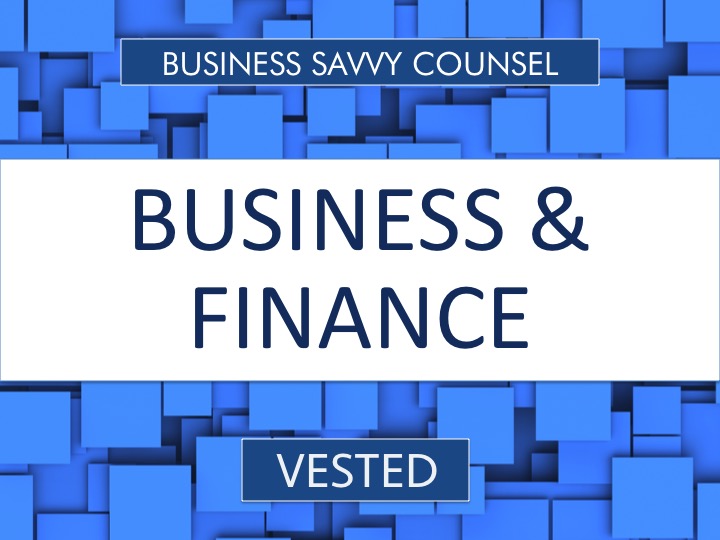By Kresimir Peharda, Partner.
Recent articles and news coverage have demonstrated that there is a lot of confusion about what crowdfunding is and is not. To shed some light on this topic let’s look at the history of crowdfunding.
History
Crowdfunding as a concept and practice has been around since the late 19th century. Some might argue that it has been in use since then just without, until recently, the power of the Internet. In the last few years, sites such as Kickstarter and Indiegogo have popularized donation-based crowdfunding. This has worked well for certain product or media start-ups looking for non-traditional funding for their projects. When most people use the term crowdfunding they do not make a distinction between donation based crowdfunding and equity crowdfunding. In equity crowdfunding investors receive an actual interest in a business (not just a project) in exchange for payment as opposed to a gadget or copy of a movie.
Equity Crowdfunding
In the narrowest sense equity crowdfunding refers to Title II and Title III of the JOBS Act passed by Congress in 2012. Under the JOBS Act the SEC was required to adopt regulations to put into practice the mandate of the JOBS Act which was to make access to capital easier for smaller companies. Title II is available for use now. Title III’s rules will be issued sometime in October 2015. Some commentators have suggested and I agree that the newly issued Regulation A+ is another type of crowdfunding just not in the strictest sense. Equity crowdfunding options range from Title III on the low end to Title II on the high end.
Title III
Title III is retail crowdfunding at its purest. Once the rules are finalized, companies will be able to raise up to $1 Million. This is a good fit for true start-ups with no revenues and maybe no customers. Companies will need to make disclosures, use an intermediary (funding portal or broker-dealer), limit individual sales to certain income or net worth percentages, advertise only via an intermediary, and the securities will have to be held for one year.
Regulation A+
While not crowdfunding in the strictest sense Regulation A+ may be used to accomplish the same thing. Companies may raise up to $50 Million. This is a good fit for later stage and lower middle market private companies with revenues and customers. Regulation A+ is divided into two tiers. In Tier I companies can raise up to $20 Million. In Tier II companies can raise up to $50 Million. Companies will need to make certain disclosures, sales by affiliates are restricted, and all companies will have to meet the general Regulation A requirements. Tier II offerings will require audited financial statements, periodic, quarterly and annual reports, and sales to individuals will be subject to limitations.
Title II
Title II is the promised land of crowdfunding as there no limits on the money raised. As long as sales are made to accredited investors there are no disclosure requirements and companies can test interest/publicly advertise their offering. This is a good fit for later stage on up to middle market companies with revenues and customers.
Companies need to understand the basic differences between donation based and equity crowdfunding. Knowing the difference will enable a business to consider which option is most attractive. The key areas to consider when evaluating the suitability of a particular crowdfunding option are: the amount of capital being raised, the development stage of the business, and its financial position.

